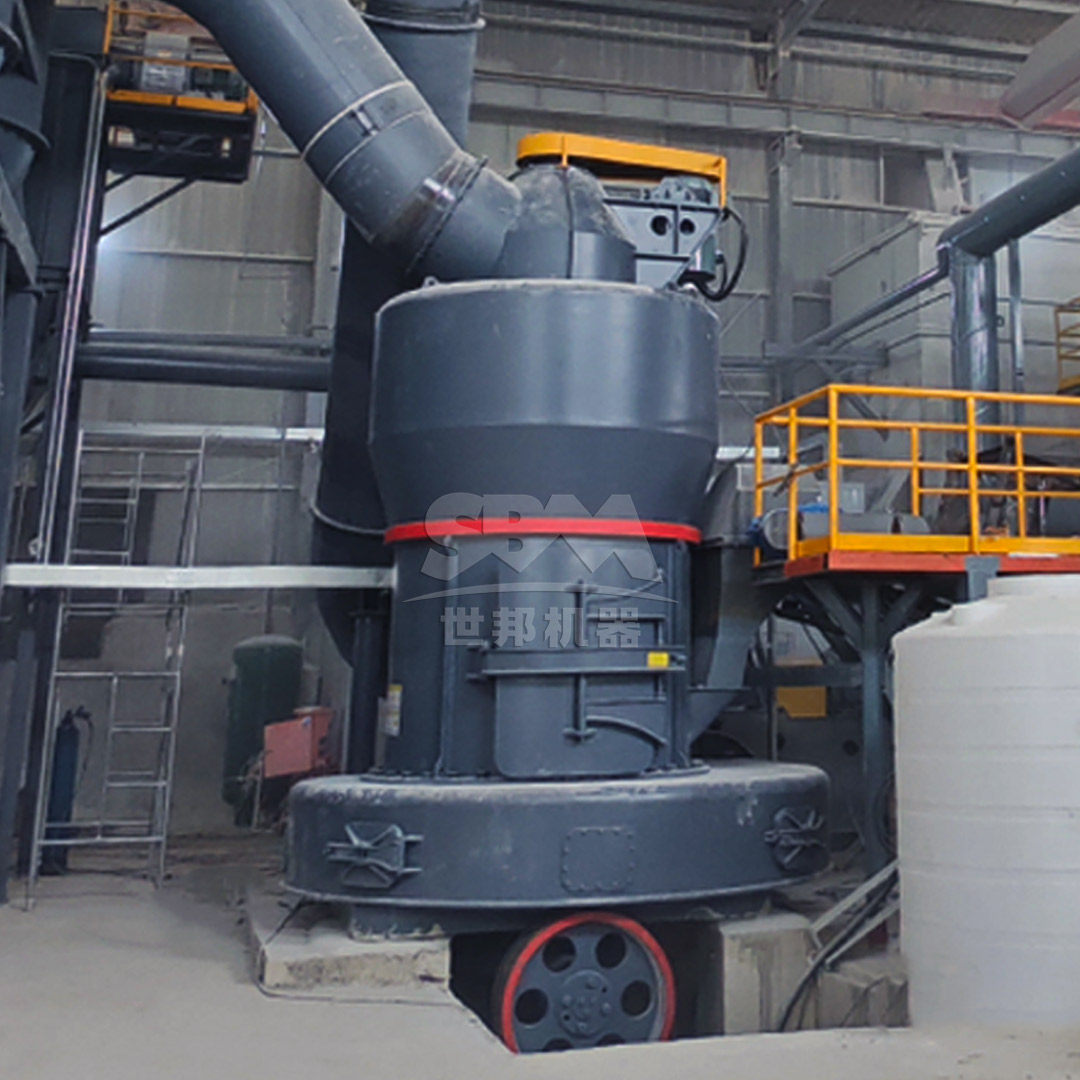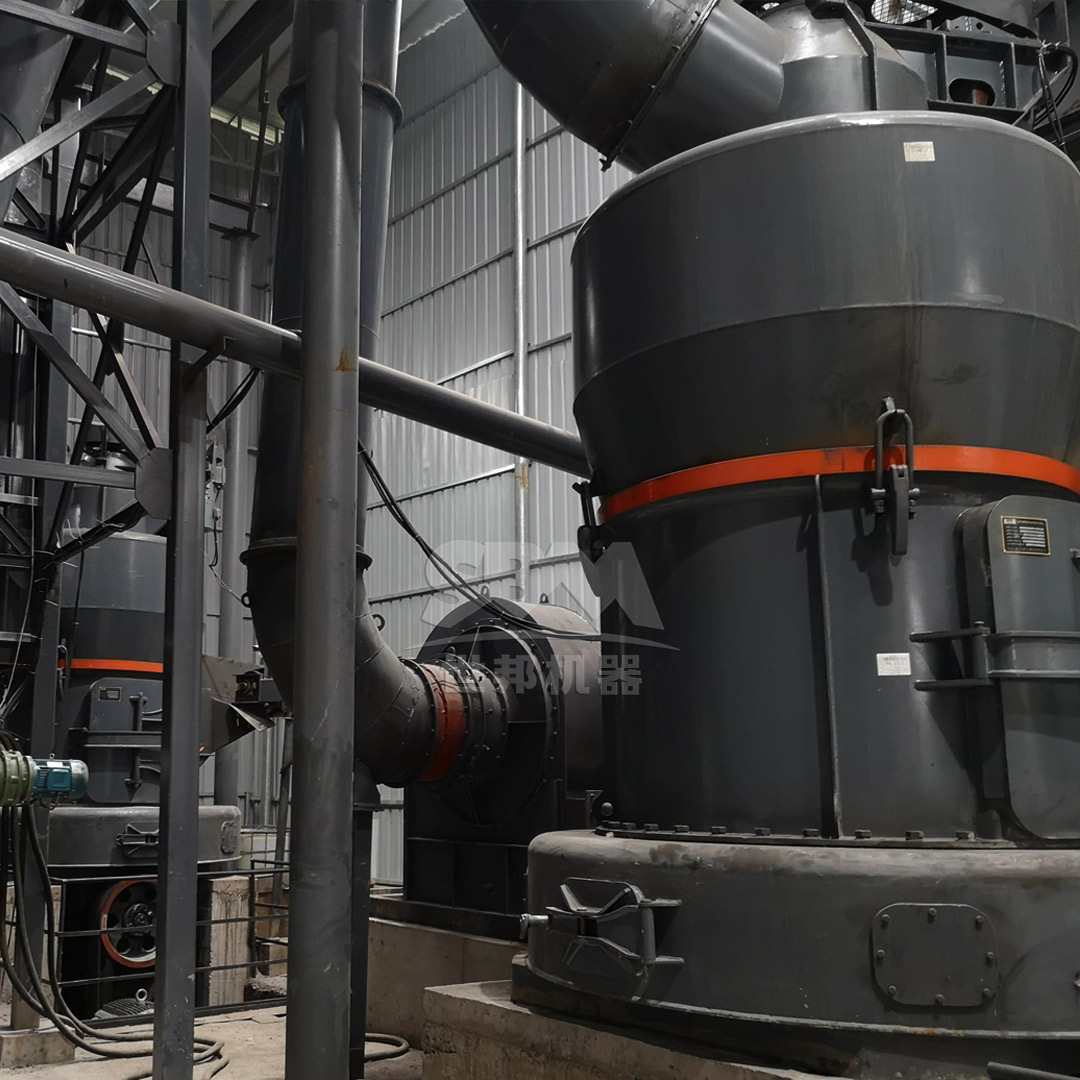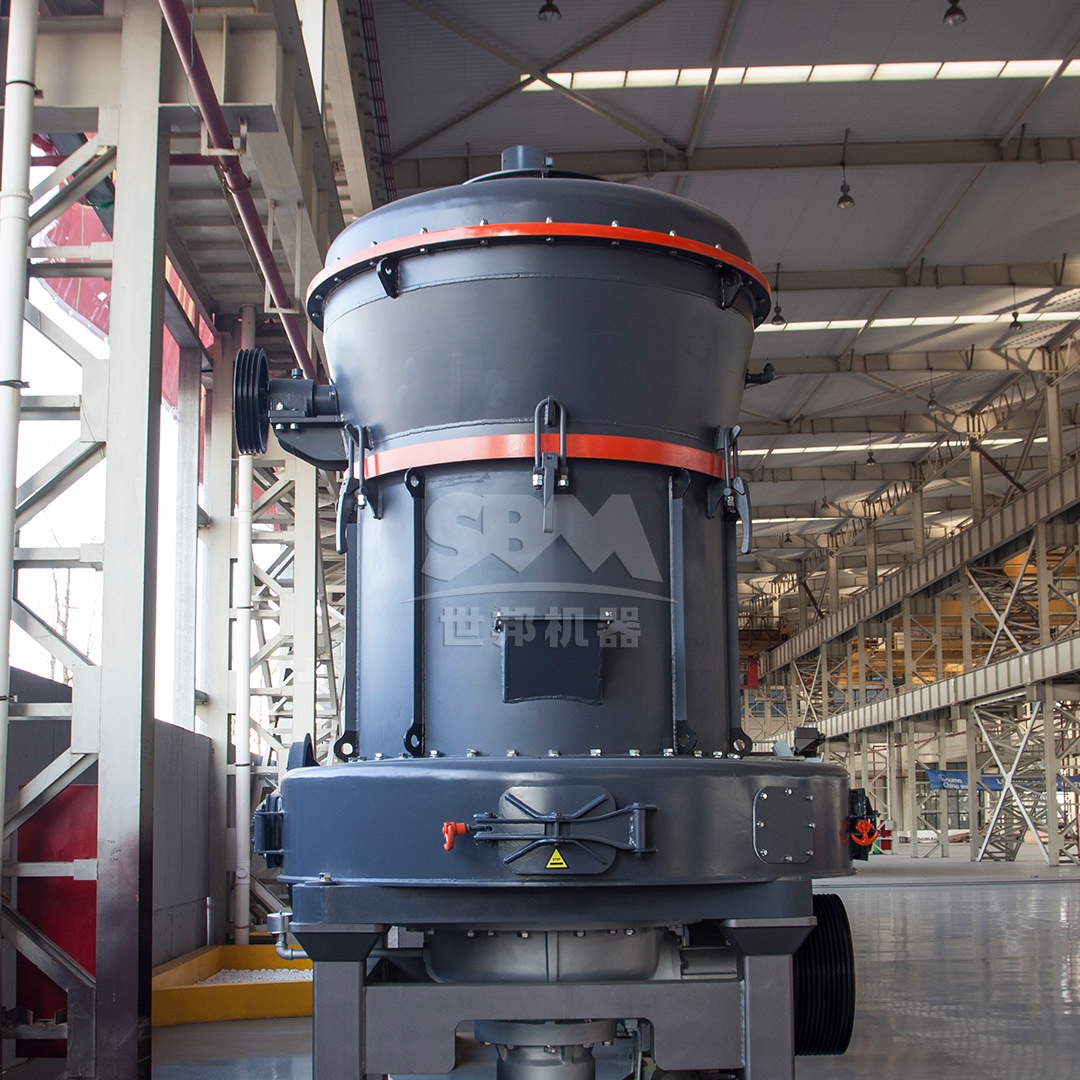Bauxite, as the primary raw material for refractory production, requires precise grinding to achieve optimal particle size distribution and chemical properties. The selection of an appropriate grinding mill significantly impacts product quality, production efficiency, and operational costs. This comprehensive guide explores the critical factors to consider when choosing bauxite grinding equipment for refractory applications.

Bauxite used in refractory production must meet specific chemical and physical requirements. The alumina (Al₂O₃) content typically ranges from 45% to 88%, with higher alumina content generally indicating better refractory quality. The grinding process must preserve the natural crystal structure while achieving the required fineness for proper sintering and bonding.
Key bauxite characteristics affecting grinding selection include:
Refractory bauxite grinding typically requires fineness between 200 mesh (74μm) to 325 mesh (44μm) for standard applications, while high-performance refractories may require ultrafine grinding down to 2500 mesh (5μm). The particle size distribution directly affects packing density, sintering behavior, and final product strength.
Refractory plants vary from small specialty operations (1-5 ton/hour) to large-scale production facilities (20-100+ ton/hour). The selected grinding system must match both current and projected future capacity needs while allowing for operational flexibility.
Grinding operations typically account for 30-60% of total energy consumption in refractory production. Modern grinding systems offer significant energy savings through optimized grinding mechanisms, efficient classification, and intelligent control systems.
Bauxite’s abrasive nature necessitates robust wear protection in grinding components. Mills with specialized wear materials and accessible maintenance features reduce downtime and operating costs.

For refractory applications requiring extremely fine powders, ultrafine grinding mills deliver superior performance. Our SCM Ultrafine Mill series represents the cutting edge in fine grinding technology, specifically engineered for materials like bauxite that demand precise particle size control.
The SCM series achieves remarkable fineness ranging from 325 to 2500 mesh (D97 ≤ 5μm), making it ideal for high-performance refractory production where ultrafine bauxite significantly enhances product density and thermal properties. With capacity from 0.5 to 25 tons per hour across different models, these mills suit various production scales.
Key advantages for refractory bauxite grinding include:
The working principle involves multi-layer grinding with centrifugal distribution of material across grinding paths, followed by progressive compression grinding. This mechanism preserves bauxite crystal structure while achieving exceptional fineness.
| Model | Capacity (ton/h) | Main Motor Power (kW) | Feed Size (mm) | Output Fineness (mesh) |
|---|---|---|---|---|
| SCM800 | 0.5-4.5 | 75 | 0-20 | 325-2500 |
| SCM900 | 0.8-6.5 | 90 | 0-20 | 325-2500 |
| SCM1000 | 1.0-8.5 | 132 | 0-20 | 325-2500 |
| SCM1250 | 2.5-14 | 185 | 0-20 | 325-2500 |
| SCM1680 | 5.0-25 | 315 | 0-20 | 325-2500 |
For large-scale refractory production requiring moderate fineness, vertical roller mills offer exceptional efficiency and reliability. Our LM Vertical Roller Mill series provides integrated crushing, grinding, and separation in a compact footprint, reducing infrastructure costs by up to 40%.
These mills handle feed sizes up to 50mm and produce fineness from 30 to 325 mesh (special models reaching 600 mesh), with capacities ranging from 3 to 250 tons per hour. The non-contact grinding design extends wear part life threefold while reducing energy consumption by 30-40% compared to ball mill systems.
Notable features for bauxite processing include:
For standard refractory bauxite grinding applications, the MTW Series Trapezium Mill delivers robust performance with operational economy. With capacity from 3 to 45 tons per hour and output fineness from 30 to 325 mesh, these mills balance production requirements with investment considerations.
The MTW series incorporates several patented innovations including wear-resistant shovel design, curved air channel optimization, and integrated bevel gear transmission achieving 98% efficiency. These features collectively reduce maintenance costs by 30% while ensuring consistent product quality.
| Model | Capacity (ton/h) | Main Motor Power (kW) | Feed Size (mm) | Output Fineness (mesh) |
|---|---|---|---|---|
| MTW110 | 3-9 | 55 | <30 | 10-325 |
| MTW138Z | 6-17 | 90 | <35 | 10-325 |
| MTW175G | 9.5-25 | 160 | <40 | 10-325 |
| MTW215G | 15-45 | 280 | <50 | 10-325 |
Traditional ball mills remain relevant for certain refractory applications, particularly when processing bauxite with high moisture content or when simultaneous drying and grinding is required. With capacities from 0.65 to 450 tons per hour and output fineness from 0.074 to 0.8mm, ball mills offer proven reliability for standard refractory production.
When evaluating grinding mills for bauxite processing, energy efficiency directly impacts operational costs. Modern vertical mills and ultrafine grinding systems typically consume 30-50% less energy than traditional ball mills for equivalent output. The SCM Ultrafine Mill, for instance, reduces energy consumption by 30% compared to jet mills while doubling production capacity.
Bauxite’s abrasiveness necessitates careful consideration of wear part lifespan and replacement costs. Mills with specialized hardened components, such as the SCM series with its specially formulated grinding rollers and rings, significantly extend service intervals and reduce maintenance downtime.
Refractory performance heavily depends on particle packing density, which requires precise control over particle size distribution. Advanced classification systems in mills like the SCM Ultrafine Mill ensure consistent product quality without coarse particle contamination, critical for high-performance refractory applications.

A major refractory producer faced inconsistent product quality and high energy costs when processing high-alumina bauxite. Their existing ball mill system produced uneven particle distribution with excessive fines, affecting pressing characteristics and final product density.
After thorough technical evaluation, the company installed an SCM1000 Ultrafine Mill system. The vertical turbine classification system provided precise particle size control, while the multi-layer grinding mechanism preserved crystal structure integrity.
The refractory industry continues to evolve toward higher performance materials and sustainable production methods. Grinding technology must adapt to these changes through:
Our SCM and LM series mills already incorporate many of these advanced features, with continuous development focused on further improving efficiency, reliability, and environmental performance.
Selecting the appropriate bauxite grinding mill for refractory production requires careful consideration of multiple factors including required product fineness, production capacity, energy efficiency, and operational costs. For ultrafine applications demanding precise particle size control, the SCM Ultrafine Mill series offers unmatched performance with significant energy savings. For large-scale production requiring moderate fineness, the LM Vertical Roller Mill provides exceptional efficiency in a compact footprint.
By understanding the specific requirements of your refractory production process and matching them with the appropriate grinding technology, manufacturers can optimize product quality, reduce operating costs, and maintain competitive advantage in the evolving refractory materials market.